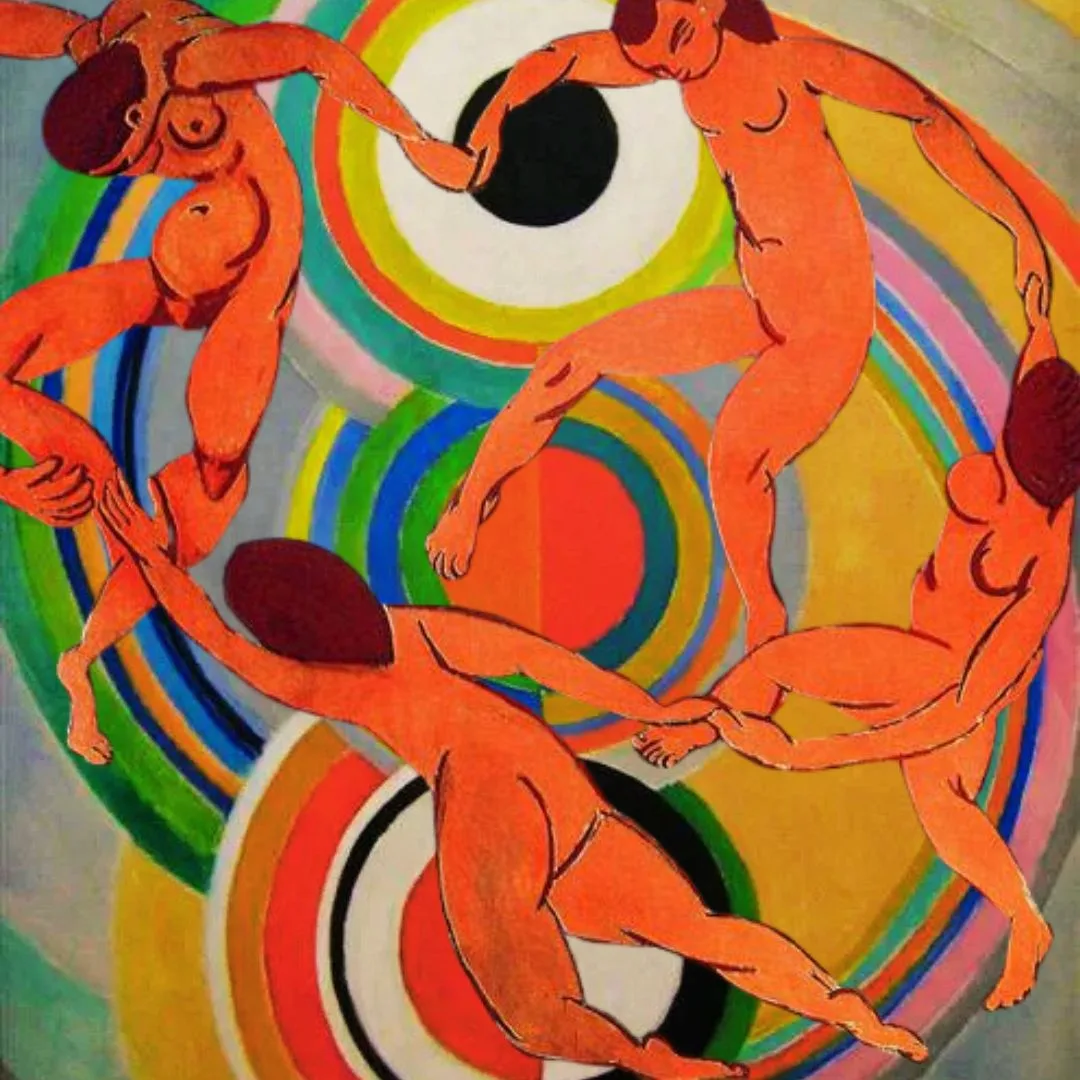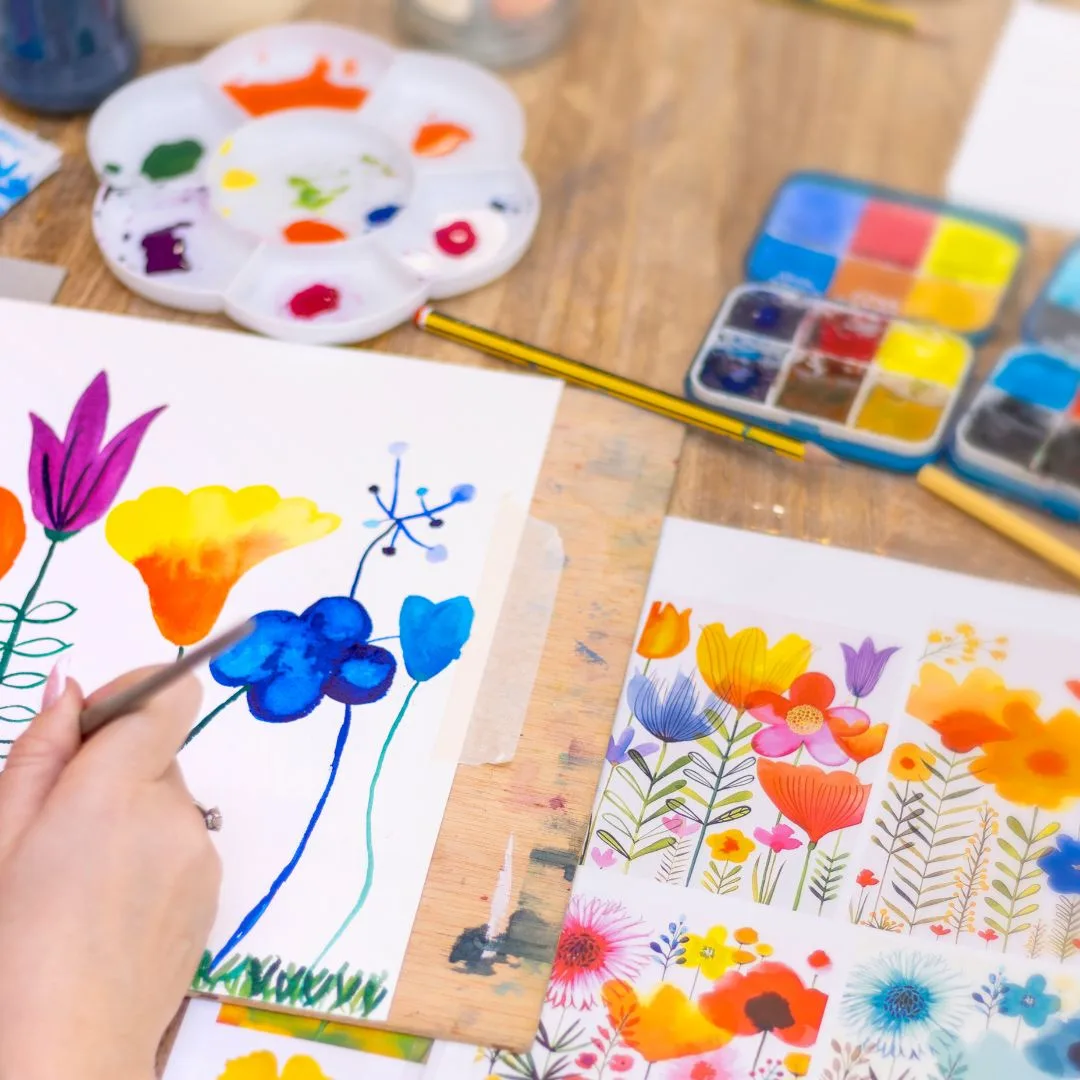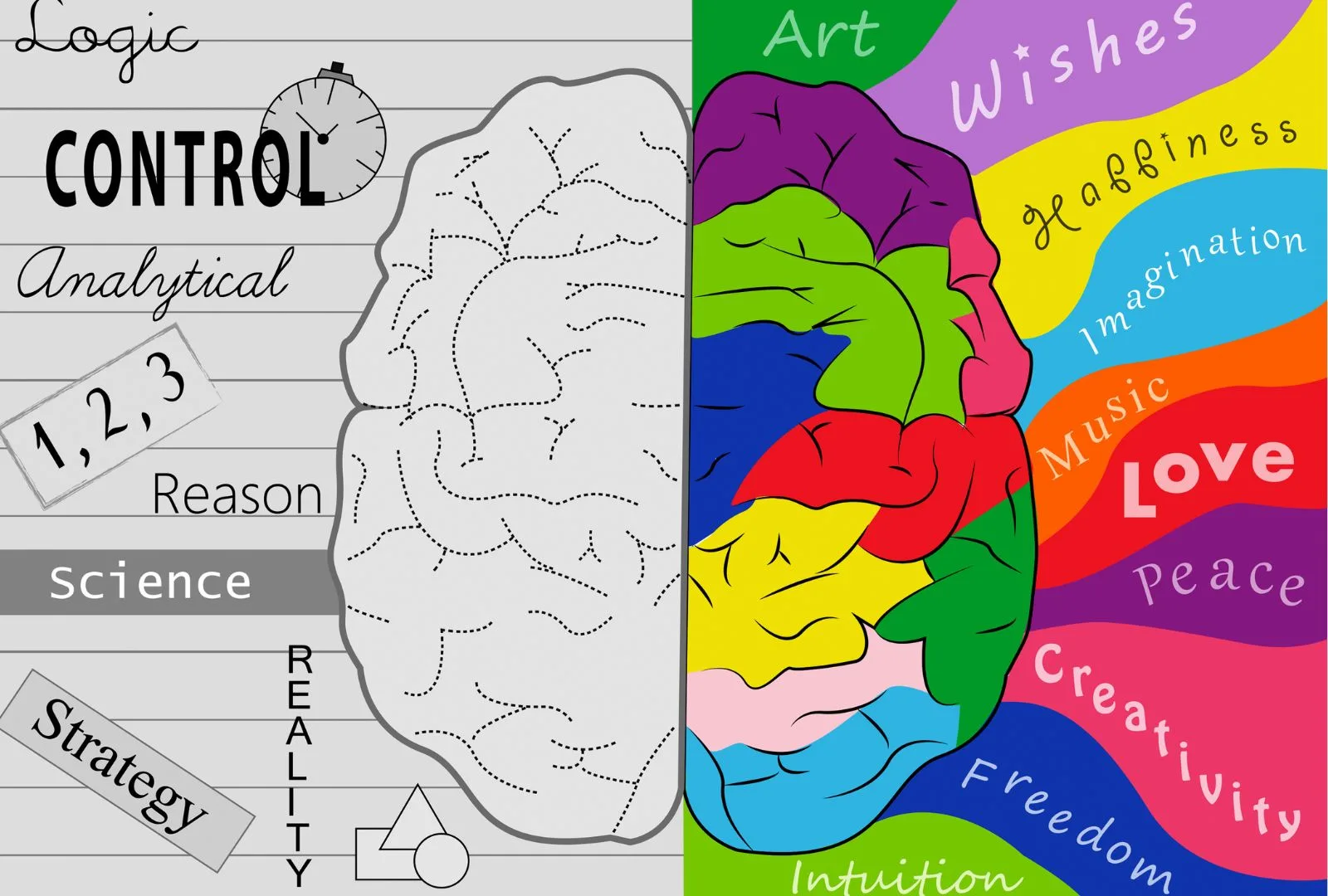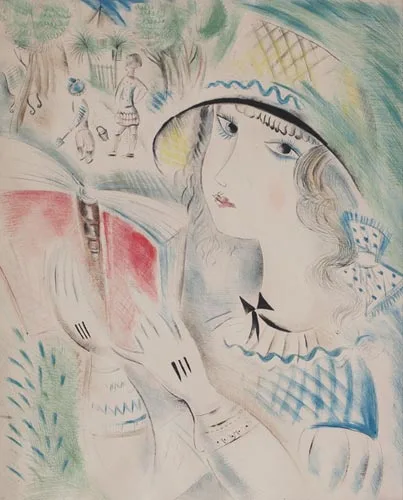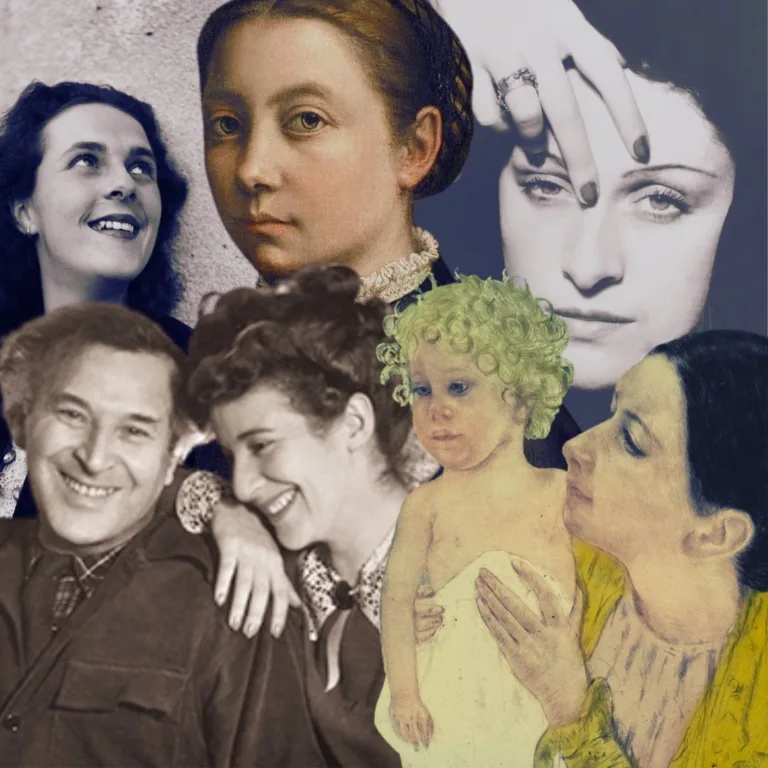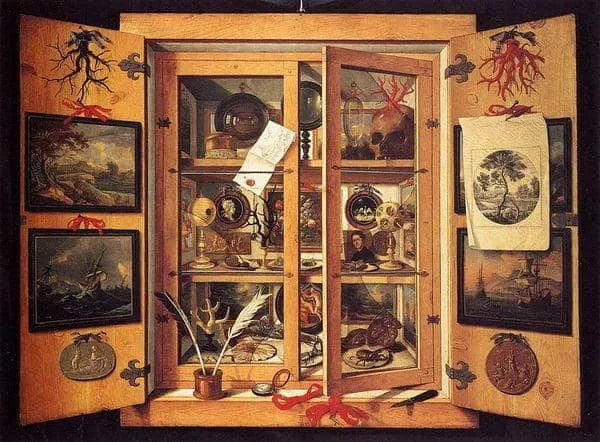How Art Education Fosters Emotional Intelligence and Empathy in Kids
As Aristotle, one of history’s most famous teachers, once said, “Educating the mind without educating the heart is no education at all.”
This quote perfectly encapsulates the importance of nurturing both intellect and emotional understanding. By engaging with art, children learn not only about history and culture but also about the emotions that connect us all, fostering a more complete and compassionate education.
Art history isn’t just about studying the past; it’s about connecting with human experiences across time, culture, and emotion. When children engage with art history, they’re introduced to a variety of perspectives and feelings that help them grow emotionally and empathically. By exploring artworks that depict universal themes and emotions, children learn to understand themselves and others better, nurturing their capacity for empathy and emotional intelligence.
Here’s how art history opens up these essential life skills.
- Emotional Intelligence and Adaptability in Art Education: How STEAM Shapes Resilient, Well-Rounded Students
- The Shift from STEM to STEAM: Why Soft Skills Are Crucial for Your Child’s Education
- The Art of Emotions—How Art Builds Emotional Intelligence in Children
Table of Contents
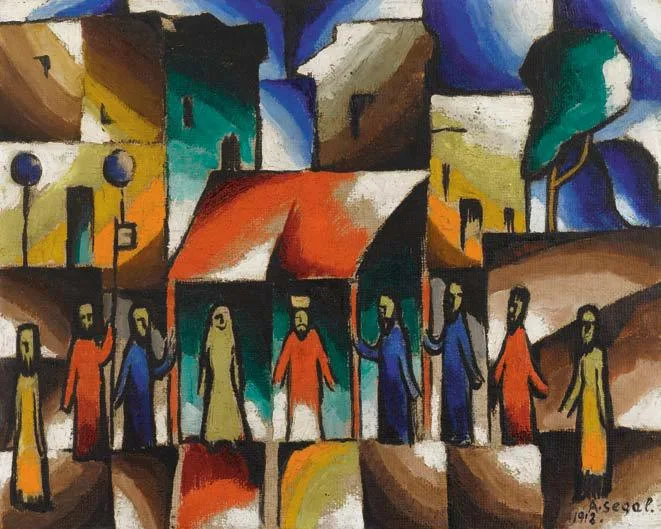
Arthur Segal

Barbara Kruger

Mary Cassatt
1. Art as a Language of Emotions
Art speaks directly to our emotions, offering children a way to recognize, label, and understand feelings in themselves and others. Whether it’s the joy on a subject’s face in a Renaissance painting or the tension in a modern abstract work, art gives kids a “language” for emotions that may otherwise be difficult to express.
Discussing these emotions encourages children to name and understand their own feelings, a vital step in building emotional intelligence. When kids talk about what they see in an artwork—whether they describe it as “happy,” “angry,” or “peaceful”—they’re practicing empathy and emotional awareness. This process helps them articulate their own feelings, fostering emotional expression and confidence.
2. Building Empathy Through Cultural Awareness
Art history also acts as a bridge to other cultures and times, inviting children to experience different ways of life, beliefs, and values. Learning about the diverse backgrounds of artists and the unique contexts of their work helps children see the world from different angles, cultivating empathy and respect.
For example, exploring traditional African masks or Indigenous American pottery can show kids how art reflects specific cultural values and stories. By encountering these varied perspectives, children become more aware of the world’s diversity, developing a deeper understanding and respect for people from all walks of life.
Enhance Your Reggio-Inspired Classroom with High-Quality Supplies
To support the creativity and exploration central to Reggio Emilia spaces, Discount School Supply provides a variety of high-quality, affordable materials.
Save Up to 55% on HUNDREDS of Arts & Crafts!
Get Free Shipping On Orders 99 Or More Using Code SHIP99!
3. Understanding Stories Through Visual Narratives
Many works of art are visual stories, depicting the lives, struggles, and celebrations of people across history. These visual narratives allow children to imagine themselves in others’ shoes, enhancing their capacity for empathy.
By studying narrative art children can connect with specific and relatable human experiences, like family bonds, the struggles people have faced, and moments of joy and celebration. Through these stories, children learn to recognize shared human experiences, nurturing their curiosity and empathy. When kids understand that the people in these artworks felt love, fear, and joy—just like them—they become more attuned to the feelings of those around them.

Stories That Help Raise Kind, Brave, Empathetic Kids
Download your free EQ Bookshelf — a printable guide with age-by-age book recommendations to support your child’s emotional growth through the power of stories.
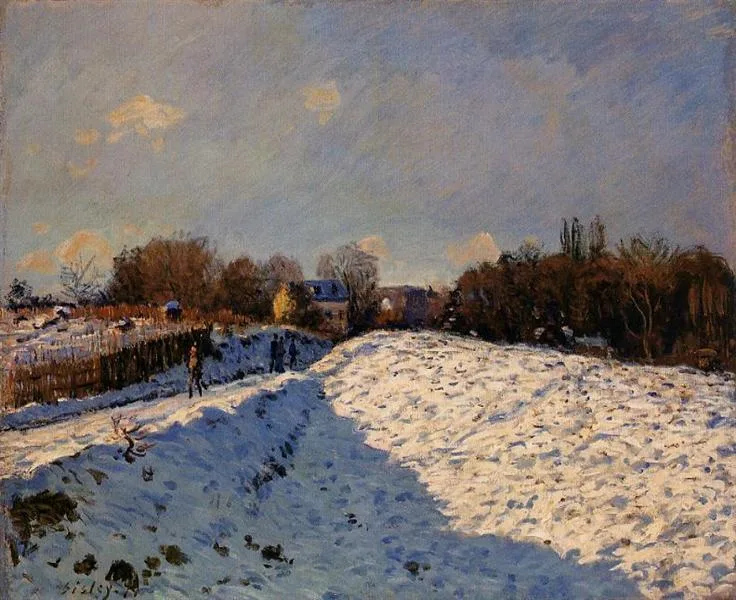
Alfred Sisley

Piet Mondrian

Remedios Varo
4. Recognizing Universal Themes
One of art history’s gifts is that it reveals the shared humanity across cultures and ages. Artists throughout time have explored themes like love, loss, friendship, and resilience—universal experiences that resonate with everyone, including children.
Discussing these themes with children can help them relate to these emotions and recognize that people, no matter when or where they lived, experience similar feelings. This awareness builds empathy by showing children that, while our lives may differ, our emotions often overlap.
Save for Later:

5. Learning Compassion Through Artistic Struggles
Many artists have used their work as a way to process pain, identity, or loss, and understanding these stories can foster compassion in kids. Learning about Vincent Van Gogh’s intense struggle with mental health or Frida Kahlo’s enduring resilience despite physical suffering allows children to develop a compassionate awareness of others’ inner worlds.
These stories teach kids that everyone faces challenges and that art can be a safe space to express and understand these difficulties. By connecting with the vulnerability and courage of these artists, children learn to be kinder to themselves and to extend compassion to others who may be facing similar struggles.

Marina Abramović
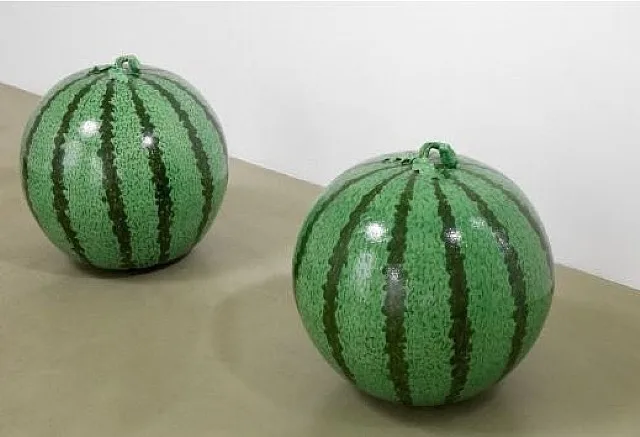
Ai Weiwei
6. Enhancing Perspective-Taking Abilities
Art is about perspective—both literally, as in the way artists play with viewpoints, and metaphorically, as it requires us to consider the artist’s unique view of the world. This skill in “seeing through another’s eyes” is essential for children as they learn to build empathy and understanding.
When kids study the different styles and choices artists make, they learn to consider why someone might see the world differently. This practice of perspective-taking strengthens their ability to understand others’ thoughts and feelings. In relationships, school, and beyond, this flexibility helps kids become more thoughtful and considerate individuals.
7. Practicing Reflection and Self-Expression
Art invites reflection, encouraging kids to ponder what they see, think, and feel about a piece. This act of reflecting on their reactions teaches children self-awareness and fosters a sense of openness and self-expression.
Encouraging kids to recreate artworks or write about their reactions allows them to explore their own feelings and ideas in a safe, open-ended way. For example, a child who is asked to draw or write about what a piece of abstract art means to them can experience the freedom of expression without fear of a “wrong” answer. This reflective practice helps them grow emotionally, understanding themselves and their reactions to the world around them.
8. Embracing Multiple Viewpoints Through Open-Ended Interpretation
One of the most powerful lessons art teaches children is that there’s rarely a single “right” way to understand or interpret a piece. Art’s open-ended nature encourages kids to appreciate that different people can have different interpretations—and that each one can be valid.
This openness cultivates tolerance, teaching kids that multiple viewpoints can exist side by side, enriching their understanding. It’s a lesson that builds resilience and encourages curiosity instead of judgment, making space for empathy and creativity.
Through art, children come to understand that differences don’t have to be threatening; instead, they can deepen our understanding of the world. By valuing multiple viewpoints, kids learn that understanding and empathy often emerge from exploring perspectives that may differ from their own.

Eva Hesse

Bada Shanren

Sonia Delaunay
Art history offers children a remarkable pathway to develop empathy, emotional intelligence, and a greater understanding of the world. Through studying artworks, children learn to recognize and express their own emotions, connect with diverse cultures, and embrace multiple perspectives.
These lessons extend beyond the classroom, equipping kids with the tools they need to engage with others compassionately and with an open heart. By nurturing these qualities through art, we’re helping to raise a generation of empathetic, emotionally intelligent individuals who are better prepared to make meaningful connections with the world around them.
What is Art Therapy?
In recent years, there’s been a growing interest in mindfulness, emotional regulation, and mental we…
12 Easy Art Therapy Ideas for the Classroom
This post brings together a set of simple art therapy ideas for the classroom: short, low-prep activ…
How to Use Art to Discuss Tough Topics
There’s a common assumption that certain topics—grief, racism, identity, inequality—are too heavy fo…
The Art of Emotions—How Art Builds Emotional Intelligence in Children
(A series exploring how engaging with and creating art fosters empathy, emotional regulation, and pe…
The STEM vs STEAM Debate
For years, the STEM vs STEAM Debate has positioned STEM education as the gold standard—the clearest …
How Art Education Fosters Emotional Intelligence and Empathy in Kids
As Aristotle, one of history’s most famous teachers, once said, “Educating the mind witho…
How to Foster Emotional Intelligence Through Art and STEAM Education
How to foster emotional intelligence and shape resilient, well-rounded students? Clear-cut answers m…
The Shift from STEM to STEAM: Why Soft Skills Are Crucial for Your Child’s Education
The shift from STEM to STEAM is reshaping education by incorporating art to foster soft skills like …

